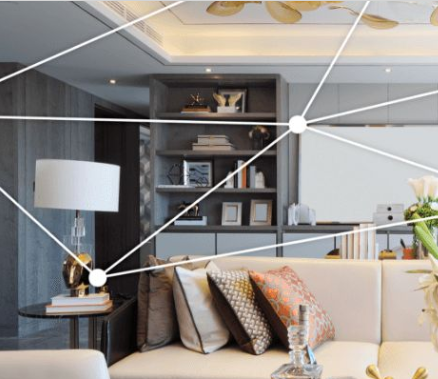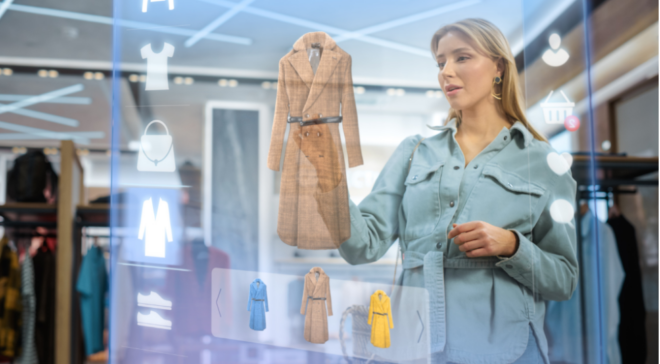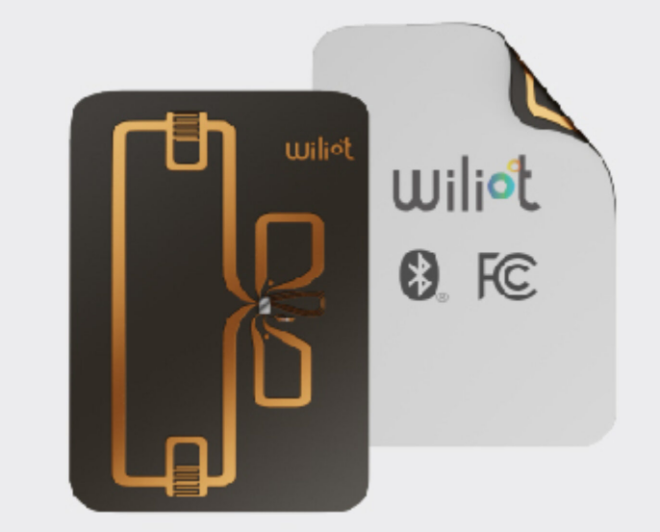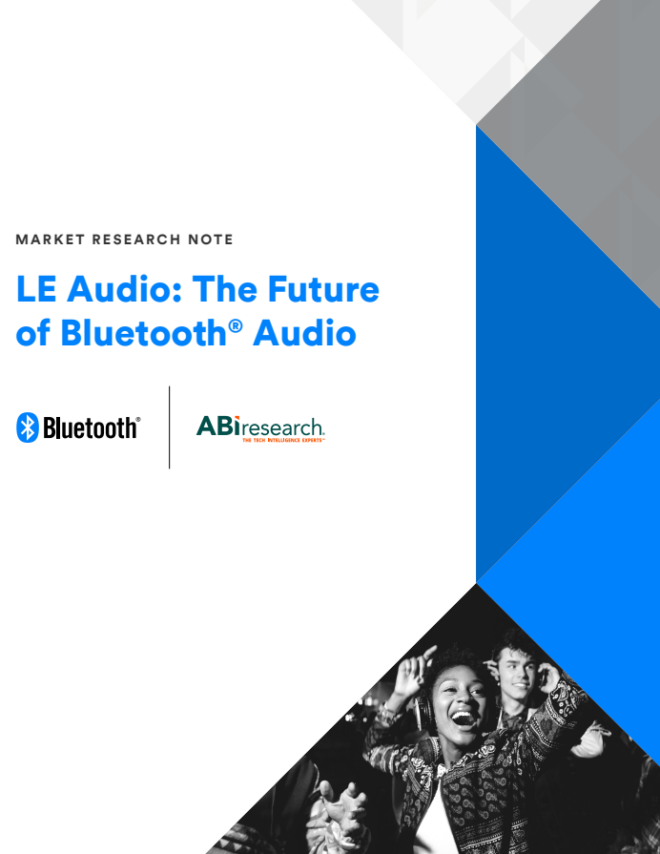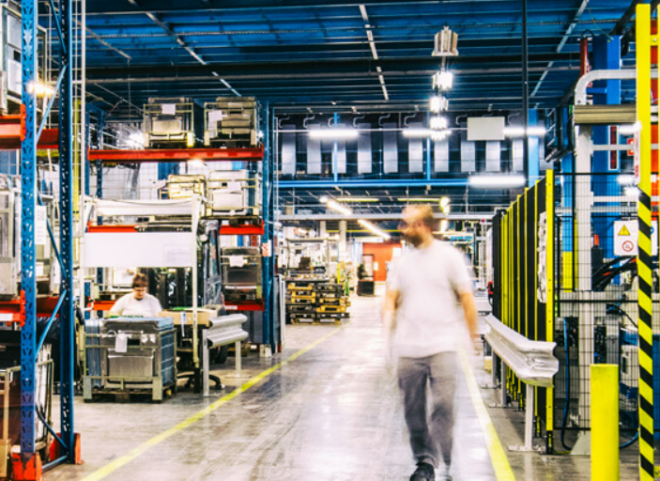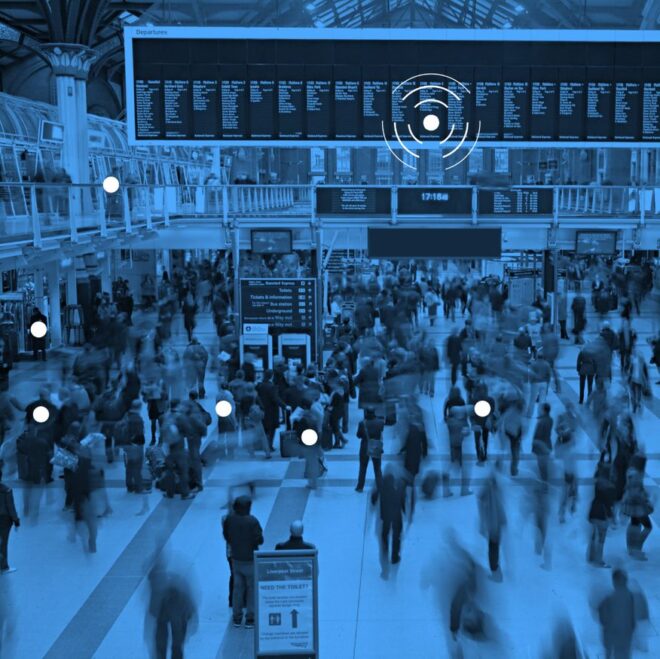![]()
Kontakt.io’s Hannah Augur explores how Bluetooth® 5 technology and beacons are creating a powerful foundation for the IoT, bridging the physical and digital worlds.
More data was created in the last two years than in the past 5,000 years combined. Everyday people and businesses are already experiencing the exponential growth of technology and data, and we have only begun crossing the chasm. While Industry 4.0 signaled the irreversible introduction of AI into industry, the real question is: what lies ahead?
Beacons today are often seen as a cool toy for marketing or IT teams. They power solutions to speak to customers in a store. They make asset tracking easier. In short, they power specific solutions that help specific verticals. Beacons will continue to play a large role in use cases like these, but this is only a small part of their real importance.
Proximity Data and Automation
The Internet of Things is growing larger each day. One Forbes article quotes Vernon Turner, senior vice president of enterprise systems at IDC, saying there will not only be 80 billion devices connected to the internet by 2025, but there will be a further 152,000 smart devices added each minute. What will connect all these Things? More importantly, how can we bridge the physical and digital worlds?
Beacons, or Bluetooth tags, use Bluetooth in order to communicate location information. As mentioned above, location data can be used by marketers looking to send special offers to users passing by a store. It can be used by warehouse operators to track assets moving through assembly lines. More importantly, it can be used to support the foundation of the IoT.
What Beacons Do for Bluetooth
The IoT as a whole encompasses much more than individual users, companies, or use cases. In order for the world to be deeply connected, the IoT will require seamless automation between Things, users, and the internet. Movement in the physical world must be easily translated into digital data and vice versa. This is the automation the IoT needs in order to be more than just a series of cool (but separate) devices.
How beacons already support a connected world:
|
Asset tracking |
Retail |
Everywhere we move |
|
Your assets are moving through a warehouse. Beacons allow a digital program to understand where those assets are in the real world, in real time. When a package enters the wrong space, the digital platform recognizes the error and automatically sends out a message according to predetermined protocols. |
Customers move through a large mall. They love the specially-made app that offers navigation and sends offers relevant to them. Store managers love how it gives them an image of how their users are behaving at that moment. It gives them the opportunity to make changes and adapt as necessary to better serve their customers. |
Beacons allow the IoT to support users everyday and everywhere
|
Mid-Range Communications
GPS has completely changed the way we track around the globe. Tags can help with short-range exchanges, but it’s medium-range communications that will make the IoT seamless. A 100-meter range combined with zonal accuracy would allow some of our most common and important movements to be consistently tracked. Here, there are several options up for discussion. WiFi, UWB, Bluetooth® Low Energy, and similar active RFID solutions can all translate daily movements into digital information. They are not, however, the same.
Every use case will be different, but there are basic cost differences that are largely agreed upon. UWB and protocols like ZigBee can be accurate. They are also very expensive, making them unfeasible for the average business owner or user. WiFi and active RFID also rely on expensive infrastructures. With Bluetooth beacons, the capabilities of mid-range communications are suddenly affordable for more kinds of users. This means the ability to connect more physical locations to the internet than ever before.
This is because of the competitive combination of the two technologies. Bluetooth is highly energy efficient and has high penetration rates around the globe. Beacons are simple, affordable, easy-to-use devices. The combination of all these factors make the technology attractive to the developers and solution providers who will create the next generation of apps and platforms.
Bluetooth 5 Means More Possibilities
Bluetooth® beacons, of course, are hardly standing still. The recent release of Bluetooth 5 will have many very real (and very big) results for beacon users. Bluetooth 5 brings three big changes and each of these will have very specific results for beacons.
Bluetooth 5 means:
-
4x the range
-
800% more broadcast messaging capacity
-
2x the speed
Increased range will allow beacons to cover more space than ever before. In a space that previously required 10 tag readers, you may get by using only 5. More importantly, in scenarios where beacons simply can’t be placed (for example, the middle of a sports field) the longer range will make covering previously unreachable space easy.
800 percent more broadcast messaging sounds great, but what does it mean for beacons? It’s actually just as big of a deal as it sounds. Until now, beacons could only send 31 bytes of information. No matter what, it was always limited to this amount. Bluetooth 5 enables beacons to send 800 percent more contextual data and metadata. This means more sensors, more opportunities for alerts and triggers, and better battery-saving possibilities. Sensors for humidity, light, smoke, and other factors can be used to help solution providers get the exact information they need.
Finally, double the speed means easier updates and better experiences. We can expect new tools to appear in the future that help facilitate the connection between physical and digital; however, the combined strength of Bluetooth and beacons ensure them a long future as key components in automating interactions in the IoT.

The Future of Bluetooth Beacons is the Future of the IoT
Beacons came from relatively humble beginnings, and Kontakt.io was one of the very first beacon manufacturers (even experimenting before the release of iBeacon in 2013). Kontakt.io’s initial goal was to create a tool that helped the visually impaired navigate public spaces. As Bluetooth was readily available, creating a system based around Bluetooth LE seemed obvious. But this relatively small and specific use case was just the start. Since then, Kontakt.io has served over 17,000 customers in more than 120 countries. That’s a lot of beacons. More importantly, that’s a lot of solutions and users engaging with beacons every day.
From San Francisco to London to Moscow, Kontakt.io beacons can be found in major public transport systems, airports, and hospitals all over the globe. They’re making low-cost asset tracking available to businesses of all kinds and bringing proximity data to marketing campaigns. In short, beacon technology means a lot of things to a lot of different businesses and customers; regardless of what beacons symbolize for individual companies, they are beginning to symbolize complete connectivity and fluidity.
There will be no single tool that makes the digital and physical worlds seamlessly connected. There will always be several languages working together, being optimized for different settings. Bluetooth beacons deliver capabilities that nothing else can. Their incredible proximity data, their ability to translate digital action into physical results, and, of course, their affordability and simplicity make them irreplaceable in the upcoming generations of tech. That’s why Kontakt.io and so many businesses around the globe are betting on them.
Looking for more beacon education? Be sure to register for this in-depth webinar, Bluetooth, Beacons and what’s next: An Actual Location Systems Disruption, and see why Bluetooth® beacon tags are ideal for IoT applications, beyond simple customer engagement.
![]()
FEATURED INFOGRAPHIC
Build a Smarter Building with Blue
See new data on how building with blue can increase reliability, reduce costs, and enhance the ROI of smart building solutions.

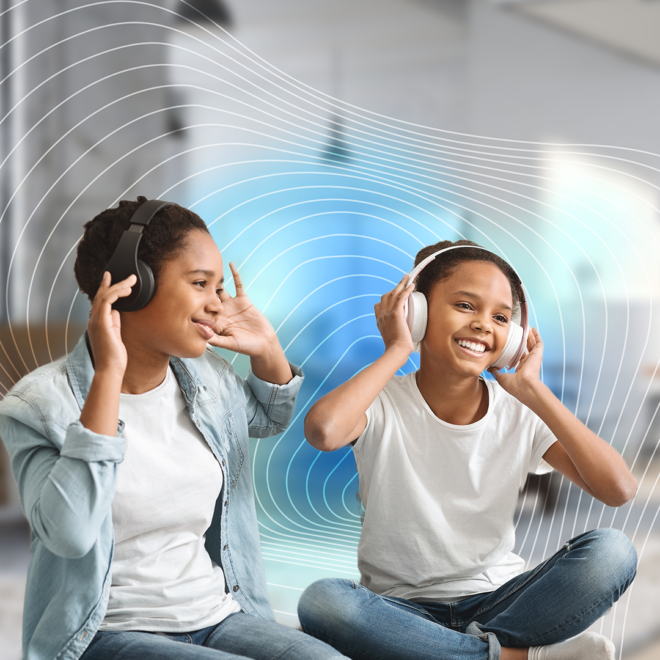
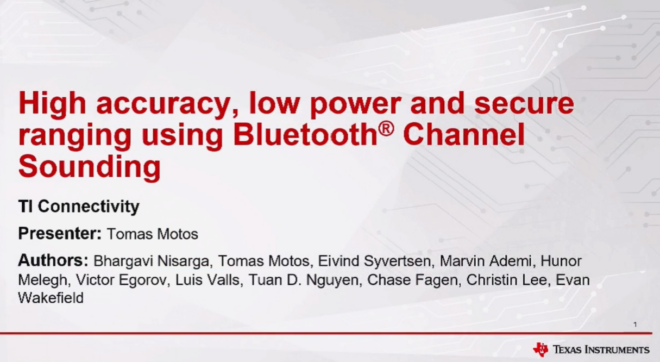

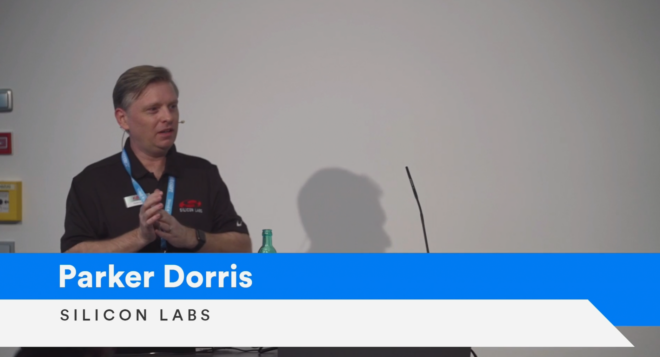
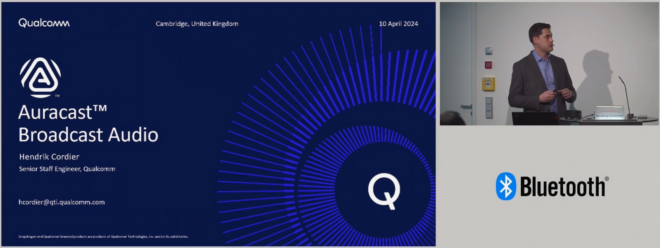


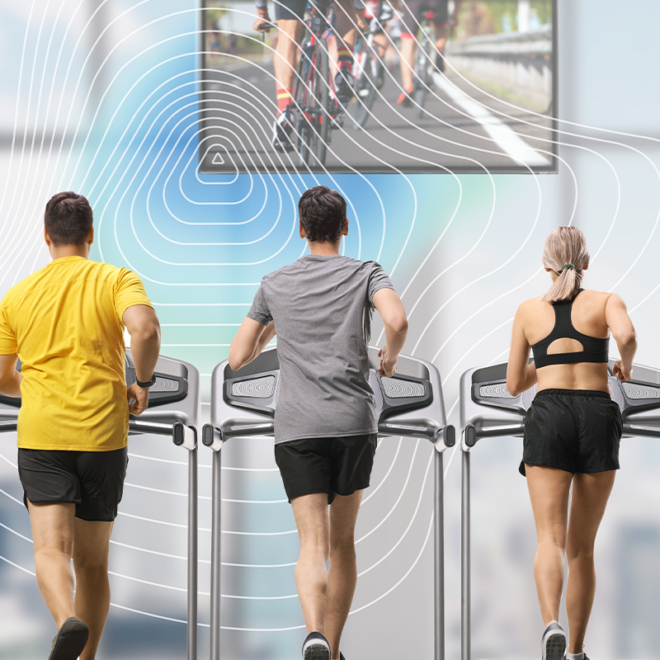
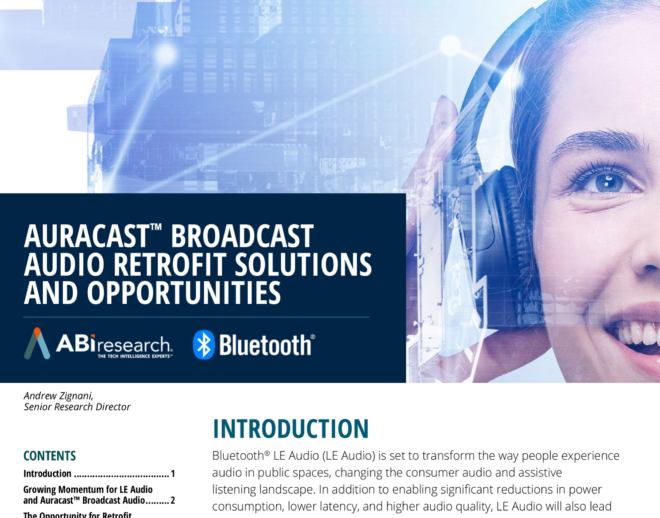
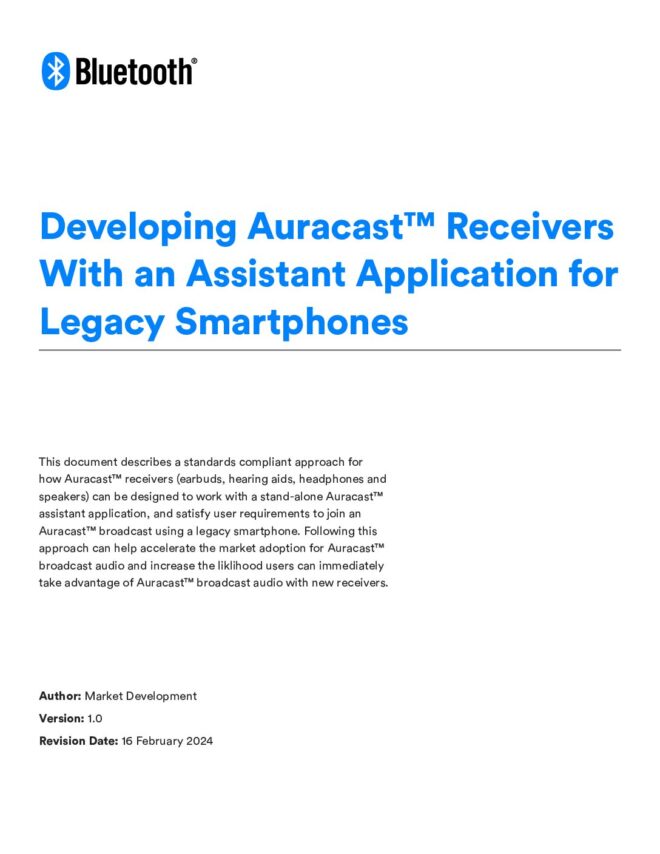
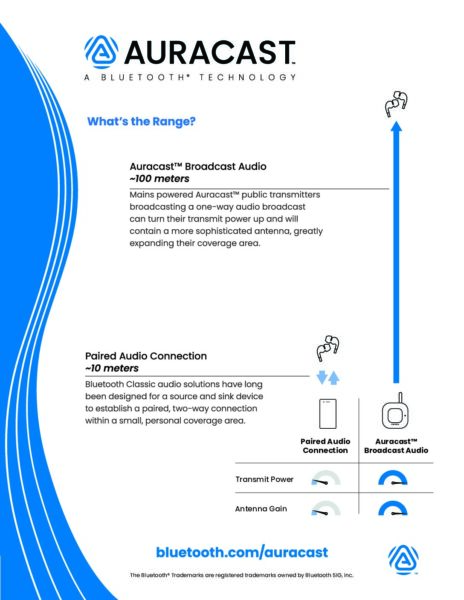
![2312 CES Handout Images FINAL existing pdf 464x600[1]](https://www.bluetooth.com/wp-content/uploads/2024/01/2312_CES_Handout-Images_FINAL-existing-pdf-464x6001-1.jpg)
![2312 CES Handout Images FINAL unlimited pdf 464x600[1]](https://www.bluetooth.com/wp-content/uploads/2024/01/2312_CES_Handout-Images_FINAL-unlimited-pdf-464x6001-1.jpg)

